Resource Centers
Set in Order
Set in Order or designating locations is about organization and orderliness. It means that there is a place for everything and everything must be in its place.
- Once the Sort phase has been conducted (deciding what should be in the work area and what should be removed from the direct work area), it’s time to designate a specific location for everything.
- Using designated locations requires discipline and attention to detail from everyone in the work area.
Designated locations save time and reduce both wasted effort and frustration.
- Having designated locations for everything needed in the work area enables employees to exert visual control over their operations. At a glance, employees are able to see if things are in-place or out-of-place and if more materials, supplies, or tools need to be ordered.
Effectively establishing designated locations requires knowledge of storage devices and options.
- On the surface, designating a location may seem like a simple and straightforward task, and sometimes it is. However, establishing effective “homes” for some items requires insight into their use and knowledge of storage and identification options.
- A study of the location, type of storage, and labeling conventions is needed to develop storage systems that help make the work area more effective and productive.
Effective storage is based on a combination of factors such as the frequency of use, the sequence of use, and the bulk or cubic feet occupied by the item stored.
There are numerous forms and types of storage arrangements. It’s best to be familiar with the options so that you can select the best mode of storage for a particular item. Modes of storage include:
- The Floor
- Racks and Shelving
- Flow Racks
- Cabinets
- Carts
- Storage Bins
- Portable Equipment
- Custom Storage
- Central Cribs
- Shadow Boards
- Hanging Tools
The use of signs and labels to identify “what is to be stored where” helps employees use storage locations as they were intended to be used
- The information contained on the labels will be easier for all employees to understand if the format for the labels is standardized.
- Where storage locations might change slightly, consider portable labels. For example, magnetic labels work extremely well on racking in storage and warehouse areas.
- For consumables, another alternative is to use kanban cards mounted in plastic sleeves as the labels. When the reorder quantity is reached, the kanban card can be removed from the sleeve and be used to reorder that item.


